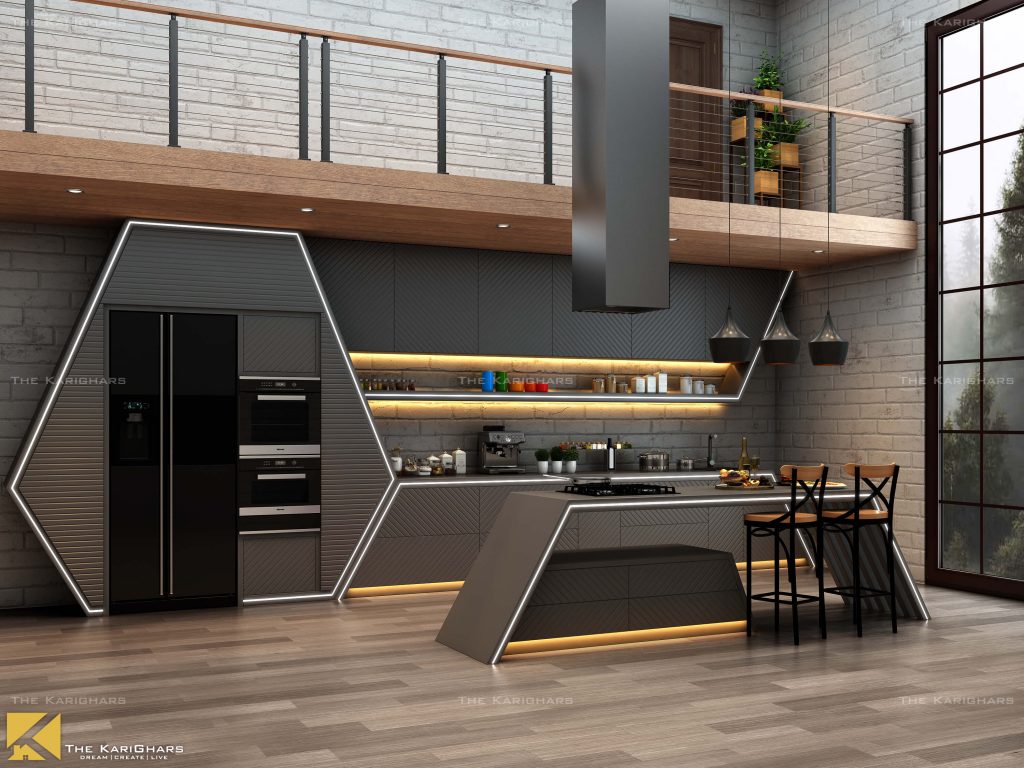As technology advances, it has a profound impact on human development. The Internet of Things, or IoT, is a prime example of this relationship. Despite its technical jargon, the IoT simply makes everyday life more convenient. By connecting various internet and Bluetooth enabled devices, everything becomes interconnected, allowing for a seamless and personalized experience. For instance, with home automation, a single command, such as setting an alarm, can trigger a series of events, such as opening drapes, starting a coffee pot, and turning on a heater, saving time and effort for the user. The ultimate goal of home automation is to make technology more accessible and efficient for everyone. With endless customization options, the possibilities are endless.

Home automation is a fancy word for the connection of devices through the IoT. Other than making lives easier, it also helps in long-term sustainability. Electricity costs will be cut down drastically, and water usage will be smart. Things like this are possible if technology is employed in a smart way. Through motion-detecting lights and central AC, whenever the room is unoccupied for a longer period of time, it switches off automatically. Lights can switch off automatically when you go to bed, and TVs can stop idling if no activity is detected. If you are living with the elderly or with toddlers, monitoring their activities has never been easier. Again, smart motion sensors can detect any activity that is happening in the house, and alert you even if you are still in an office miles away. Through a flick of a switch, you can keep an eye on your kids or pets, and if there is any maintenance work needed, everything can be halted seamlessly w without affecting the quality of your life.

Home automation is essentially the integration of devices through the IoT, allowing for a more convenient and efficient living experience. However, it also has a significant impact on long-term sustainability, by reducing electricity and water consumption. For example, by using motion-detecting lights and central AC systems, rooms can automatically switch off when unoccupied, saving energy. Similarly, lights can turn off automatically when you go to bed and TV’s can stop idling if no activity is detected. Furthermore, with smart motion sensors, monitoring the activities of elderly or young children becomes much easier, allowing you to keep an eye on them from miles away. Additionally, home automation also allows for a seamless maintenance of the house, without disrupting the daily routine.

Home automation promises a better and more secure future for residents. As you continue to use the AI, it adapts to your needs, becoming more predictive over time. It is expected that by 2030, a significant portion of homes will have adopted some form of automation, as it is seen as the future of home living.
